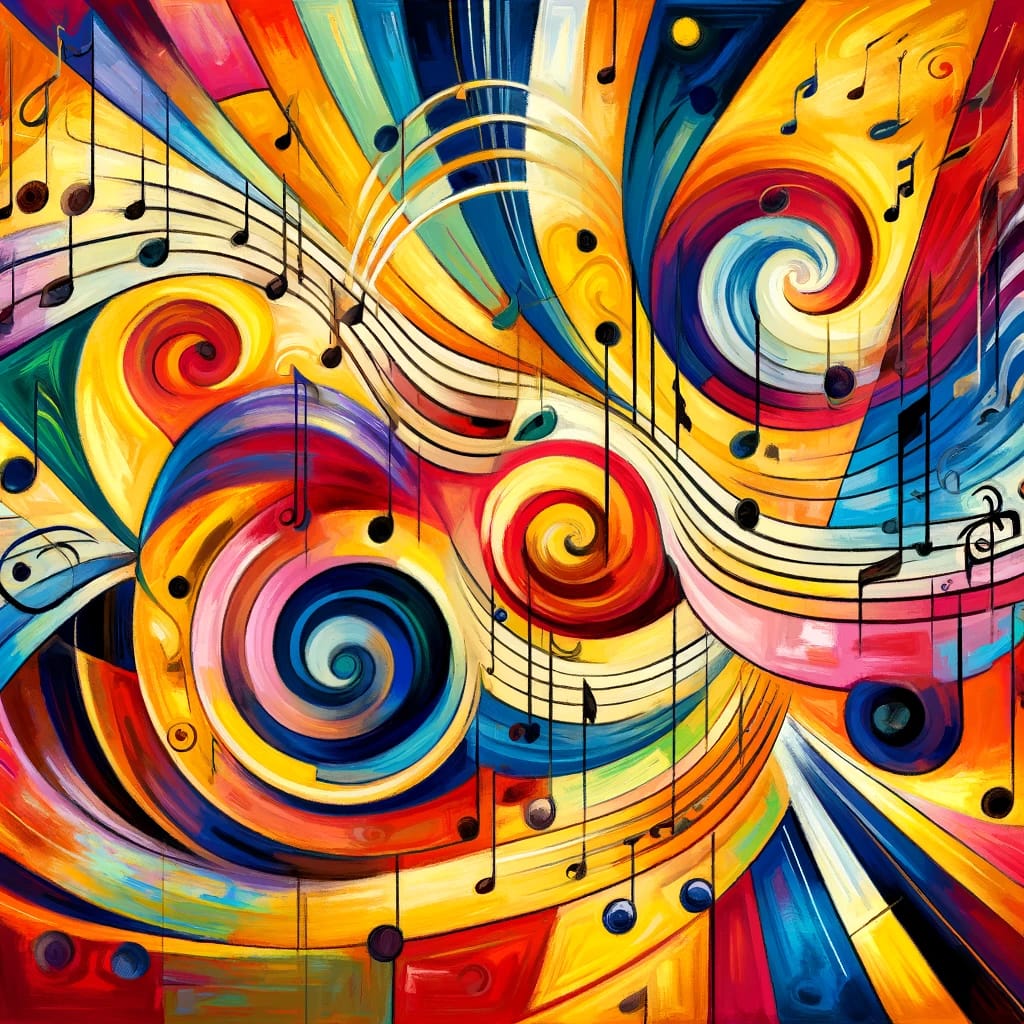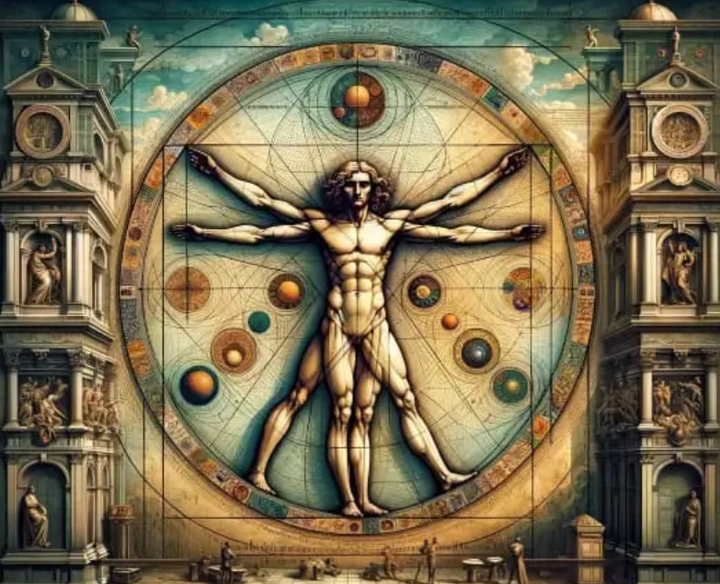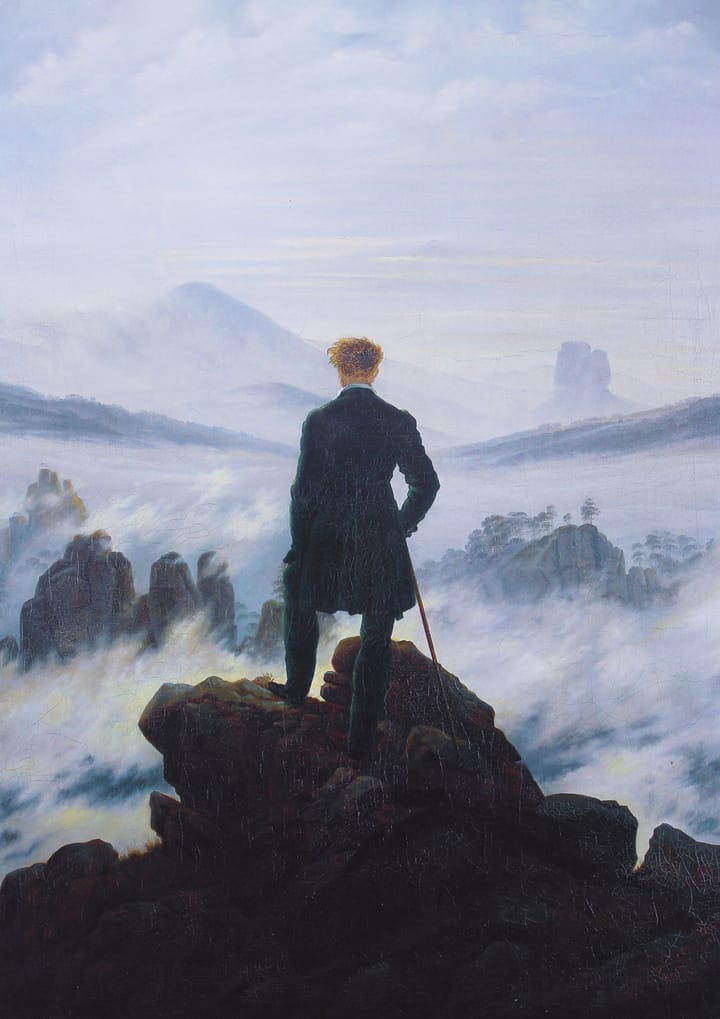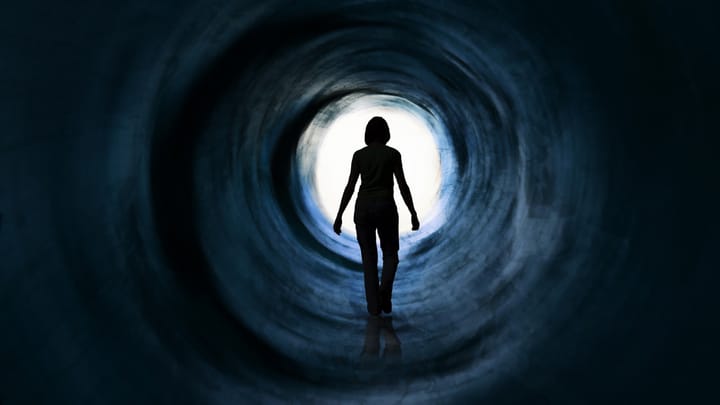The Color of Sound: Exploring Synesthesia

Synesthesia is a condition where one sense automatically triggers another. People with synesthesia might see colors when they hear music, taste flavors when they read certain words, or associate colors with specific numbers or letters. These sensory experiences are involuntary and consistent, meaning the same sound or word always produces the same color or taste.
The big picture: Synesthesia is rare, affecting an estimated 1% to 4% of the population, although some studies suggest it might be more common, particularly among creative individuals like artists and musicians. There are many types of synesthesia; we will focus on Chromesthesia, which is seeing colors when hearing music.
My involvement: I don’t have synesthesia, but it has always intrigued me. As a teenager, I color-coded my Spanish guitar’s fretboard to associate notes with colors long before I knew Chromesthesia was natural for some people. Today, I use Max, a visual programming language, to create projects that connect sound to color, still chasing that synesthetic experience. Even though I don’t have it, I see a logic in colors and sounds working together.
Some famous musicians: This ability comes naturally to some musicians and artists; they make the connection automatically. Many famous composers and musicians have synesthesia. Here is a list of a few:
Franz Liszt, a 19th-century composer and pianist, saw A major as “rosy and brilliant” and E-flat major as “pearly.”
Lorde, the singer-songwriter from New Zealand, perceives music intertwined with colors, profoundly influencing her songs’ mood and ambiance. Her debut single, “Royals,” contrasts opulent and everyday life, reflecting the colors she associates with these themes. This synesthetic perception extends to her live performances, where visual elements enhance the audience’s experience.
Pharrell Williams also experiences synesthesia, seeing music as colors. This perception influences his creative process, blending sound and color harmoniously. His hit song “Happy” showcases this, with its vibrant melody reflecting the joyful colors he perceives. Pharrell’s synesthesia also shapes his fashion and visual art projects.
Other notable artists with synesthesia include Tori Amos, Billy Joel, Jimi Hendrix, and Duke Ellington. Olivier Messiaen, a contemporary classical composer, described colors, shapes, and bird songs in his musical notation to help performers capture the essence of his compositions. This unique approach is evident in works like “Quartet for the End of Time,” where he blended religious themes with a rich tapestry of colors and tones, creating a transcendent connection between sound and visual imagery.
Between the lines: Synesthesia isn’t something you can train the brain to have. It comes automatically for those with this ability; these are not memorized connections. If one musician connects yellow with the note D, she will always do that. And if another artist relates that same note to green, he will always do that! Even though we are similar on one level, it also makes us wonder how differently we perceive the world.
Closing reflection: How do our unique perceptions shape our experiences and art? Do you see the world in a way that’s uniquely yours? Do you have synesthesia? Share your thoughts and stories. How might embracing our differences in perception enhance our appreciation of the world and each other?
Go Deeper:


